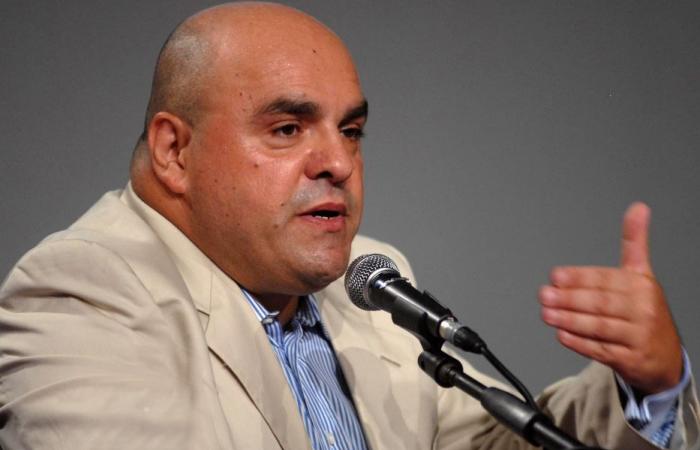“The Constitutional Court intended to delimit a perimeter within which medically assisted suicide could be declared not punishable (according to Article 580 of the Criminal Code), certainly not to unconditionally open the possibility of taking one’s own life. The recent ruling of the European Court of Human Rights (ECHR) also goes in this direction, which gave comfort to the opinion of the majority of the members of the National Committee for Bioethics (CNB) who voted on the response to the Umbria Territorial Ethics Committee (CET).” Angelo Luigi Vescovi, President of the CNB and professor of Biology at Link Campus University in Rome, coordinated the work: «We thought it was more appropriate to provide criteria that identify life-sustaining treatments (LST) rather than a list of them».
What approach did the CNB follow to respond to the question from the Umbrian CET?
I would like to point out that the CNB was answering a specific question. And it is a question that arises in the context of the interpretation of a ruling by the Constitutional Court (242/2019) which defined the non-punishability of those who «facilitate the execution of the intention of suicide, autonomously and freely formed, of a person kept alive by life-sustaining treatments and affected by an irreversible pathology, a source of physical or psychological suffering that he or she considers intolerable, but fully capable of making free and informed decisions, provided that such conditions and the methods of execution have been verified by a public structure of the national health service, following the opinion of the territorially competent ethics committee». Adding that the patient must have been offered the possibility of accessing palliative care. It means that we could only move within this approach. But the difficulty was another.
Which?
The fact that there is a lack of shared definitions from both a medical and legal point of view, of what Tsv are. Hence our decision not to produce a list, but to provide criteria to identify them, in the concreteness of clinical practice, case by case, where different nuances may emerge.
What are these criteria?
It seemed to us that they can be identified in the concepts of purpose, intensity and suspension. That is, a treatment is life-sustaining if it has the “purpose” of responding to non-extemporaneous conditions that put life at risk in a limited period of time, replacing vital functions that are no longer sustainable by the organism. If it has an “intensity” that depends on the fact of using complex and advanced technologies and specialist procedures, which may require strong invasiveness and continuity over time. Finally, if the “suspension” of these life-sustaining treatments causes immediate or in any case rapid fatal consequences, in relation to the patient’s conditions.
Can you summarize the positions of the minority that approved the document?
They refer to the view that a “support” does not necessarily coincide with a complete “replacement” of vital function and to the inclusion of artificial nutrition and hydration among vital supports. The majority believe that in some situations they are not such, but only an additional function for those who are not able to provide it independently, without being related to the state of health. It is clear that there are some gray areas.
Was the recent ruling by the European Court of Human Rights helpful?
In reality, it arrived downstream of the work, when the document was almost completed. However, it comforted us because it supports the position that we approved. Let us not forget that all the work was born within the scope of the dictates of the ruling of the Consulta and must be interpreted in that context.
For Latest Updates Follow us on Google News






